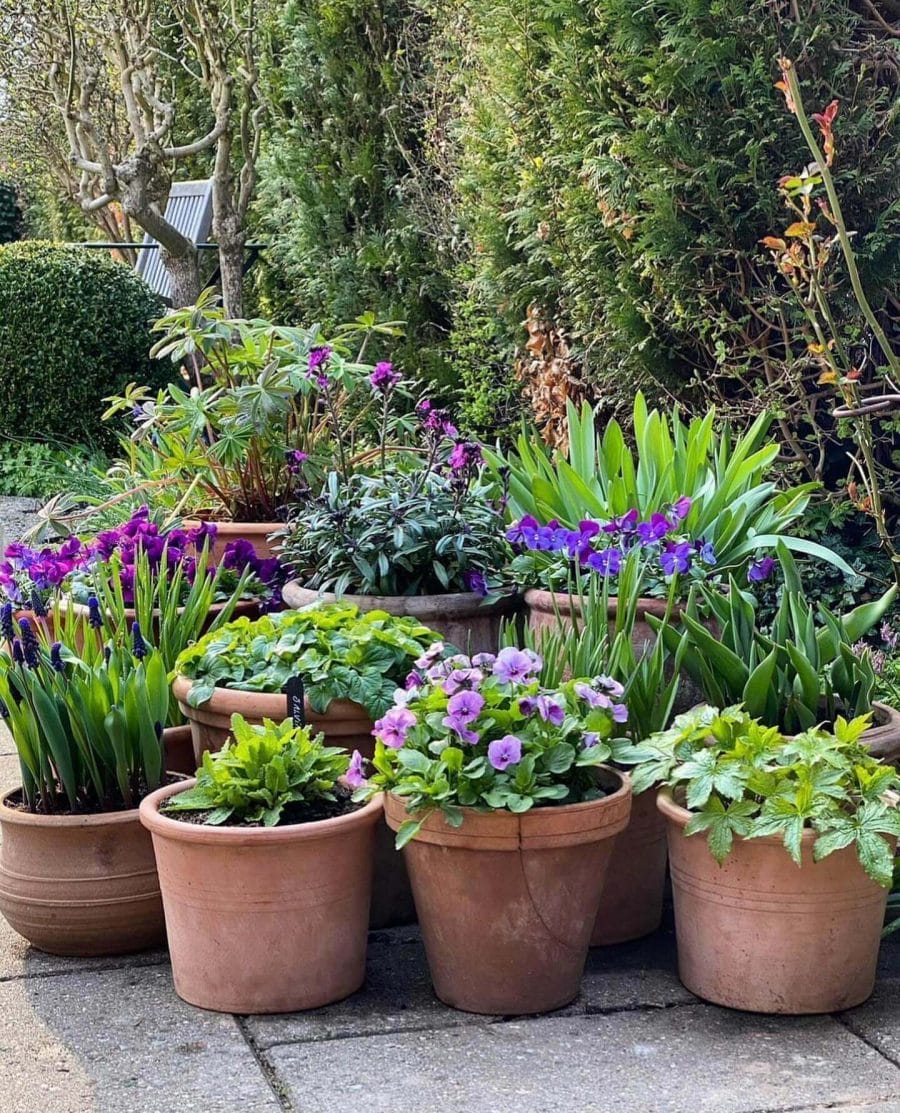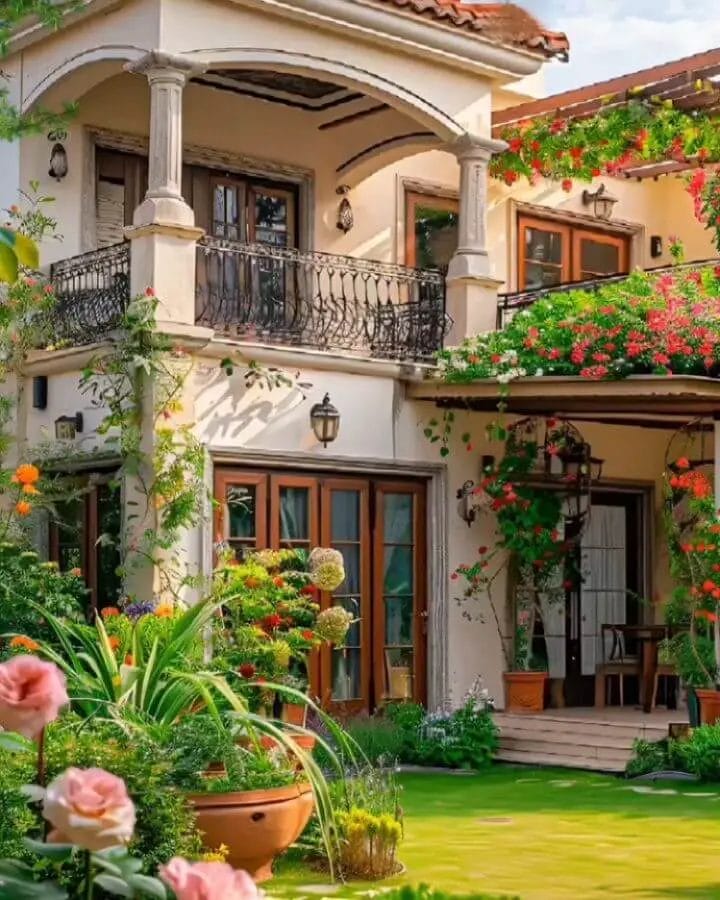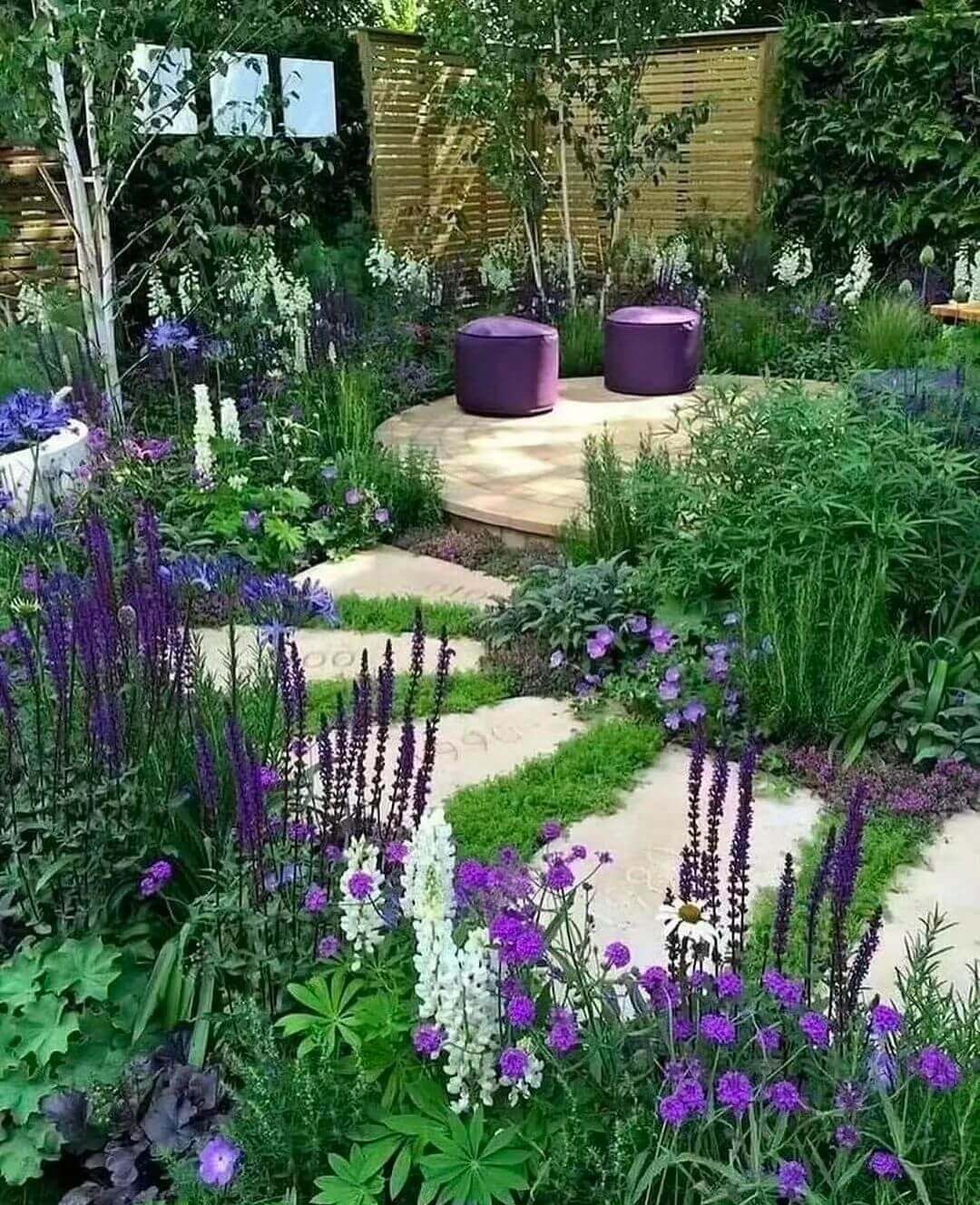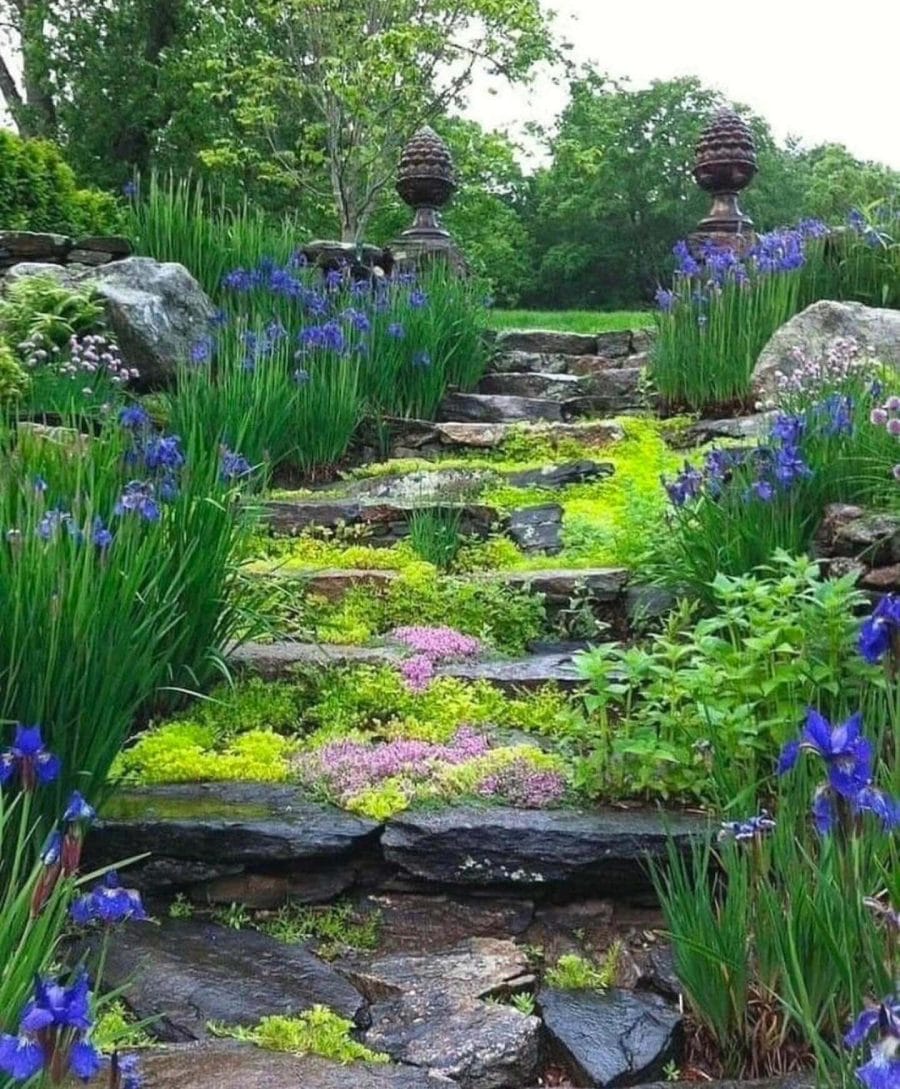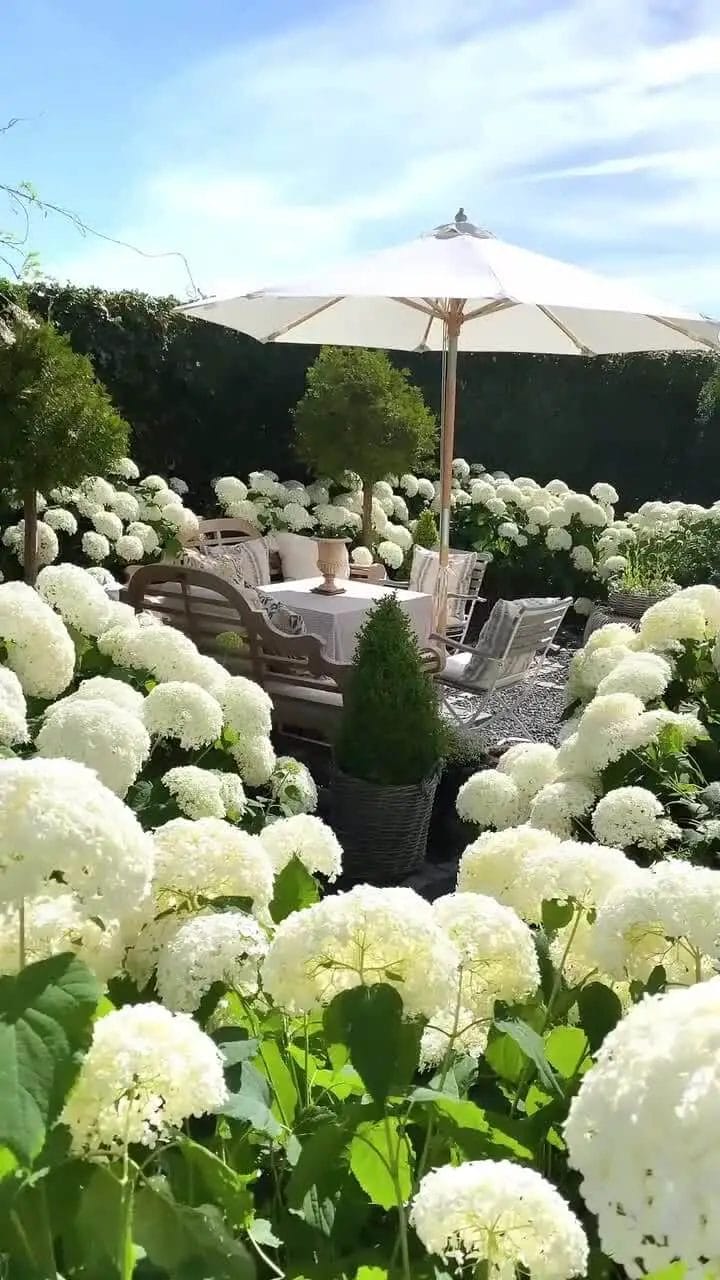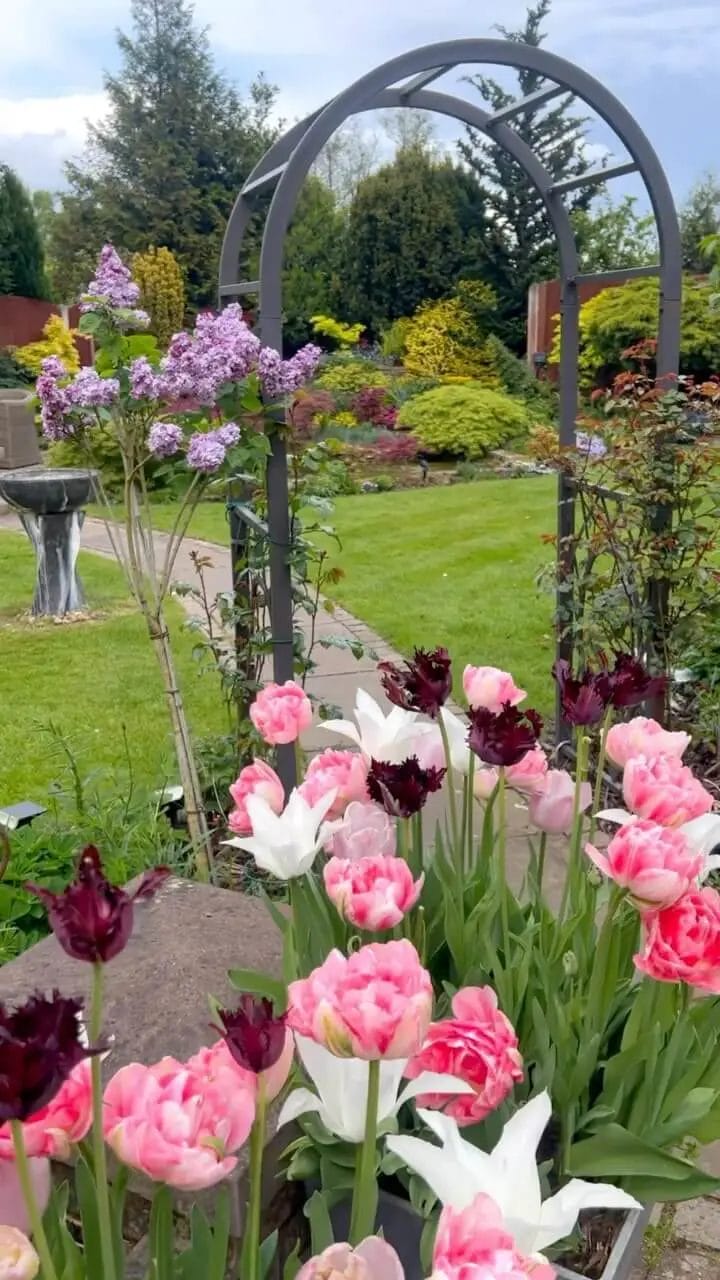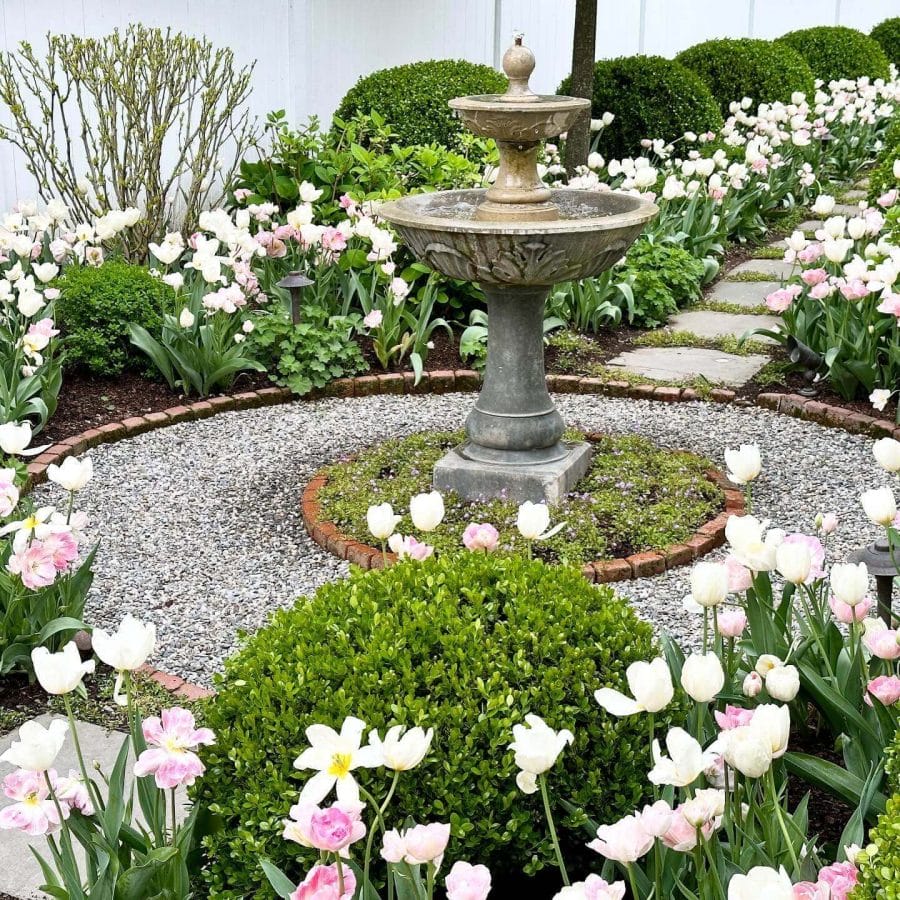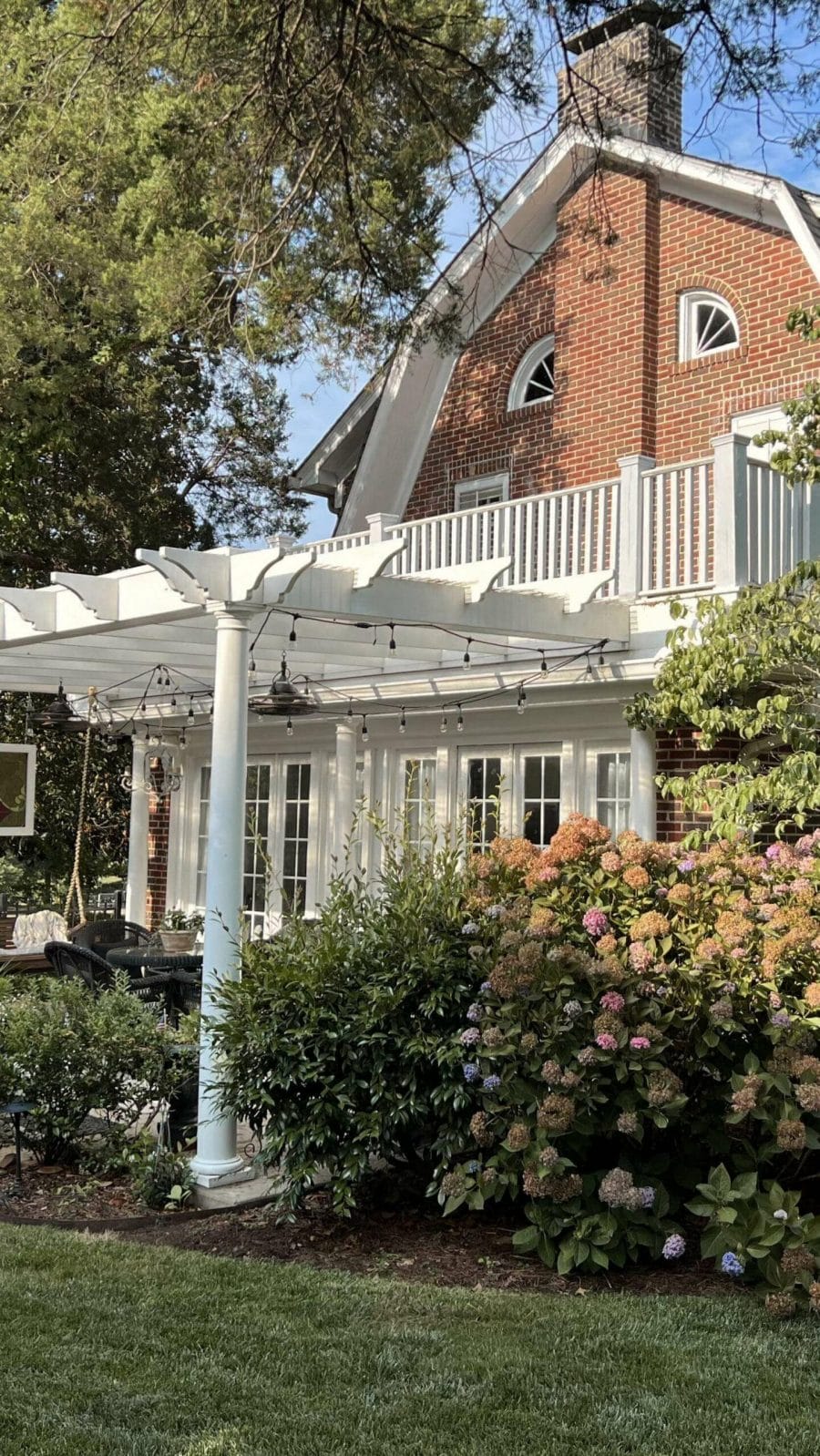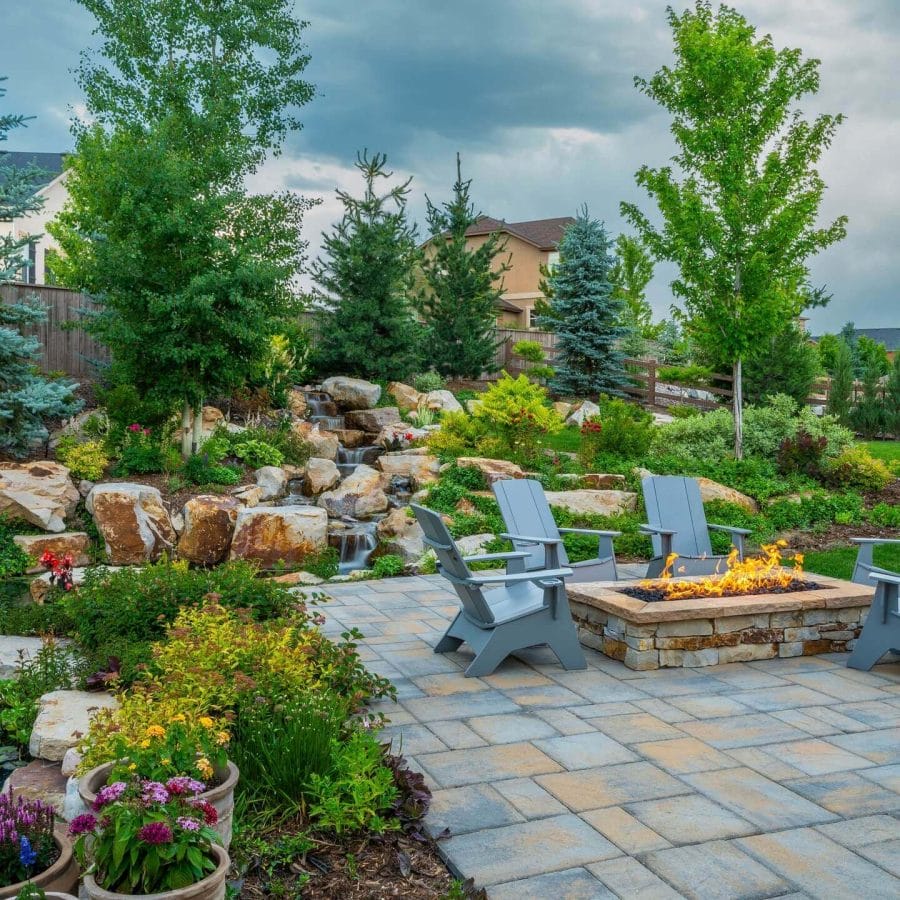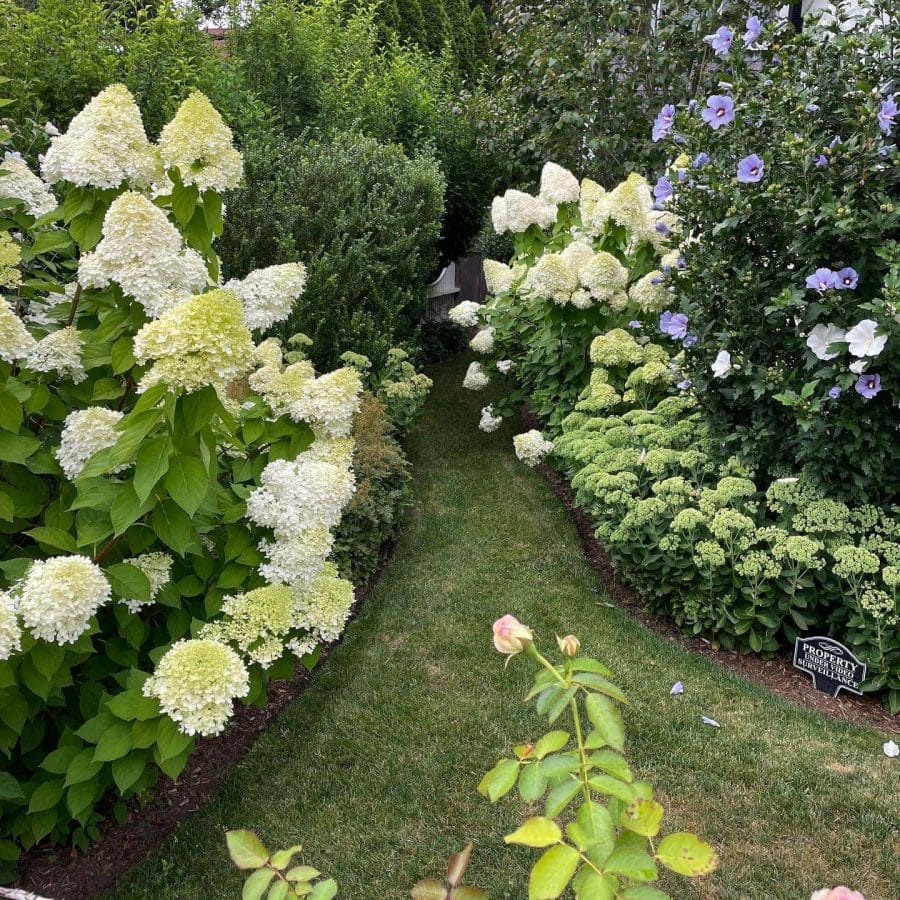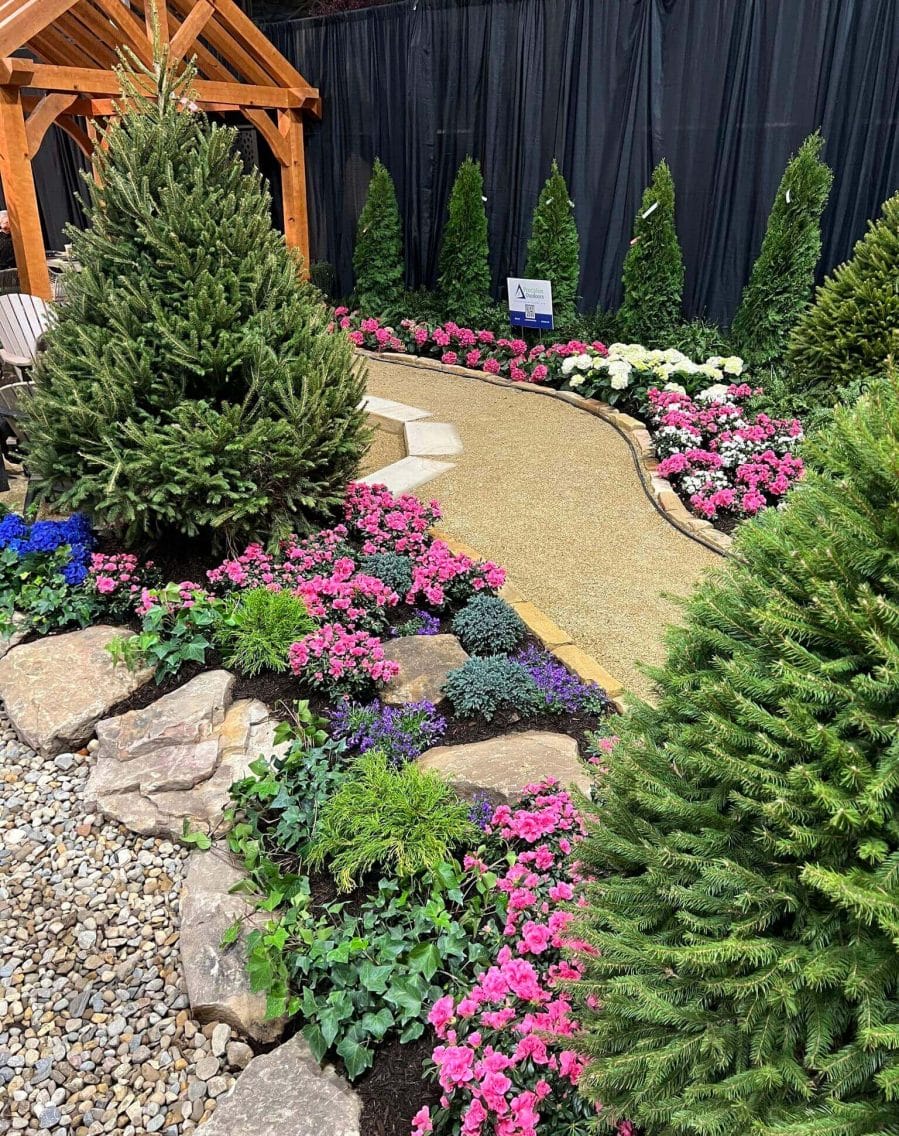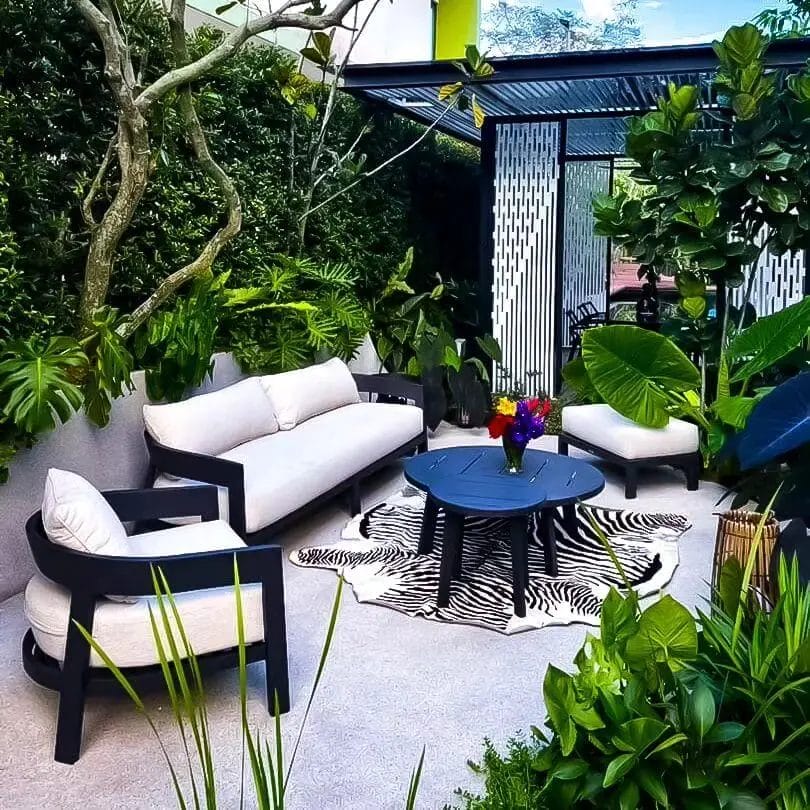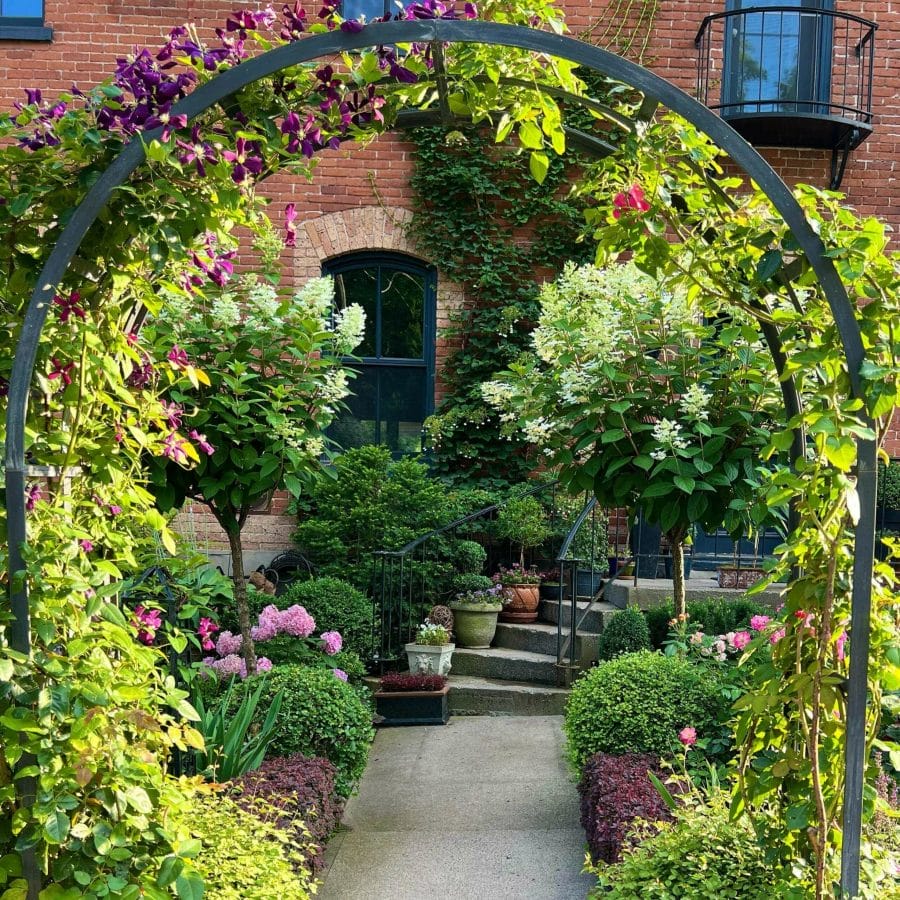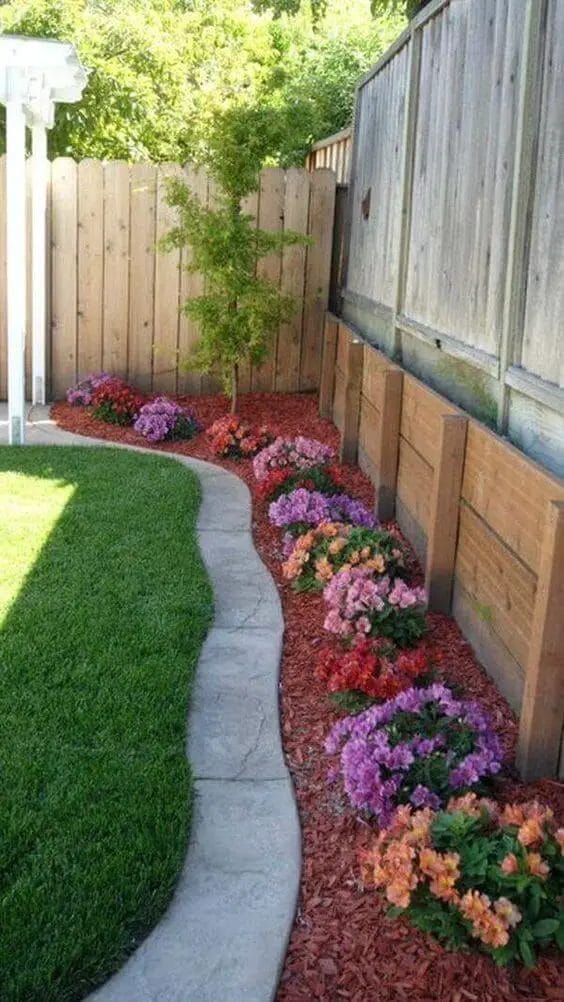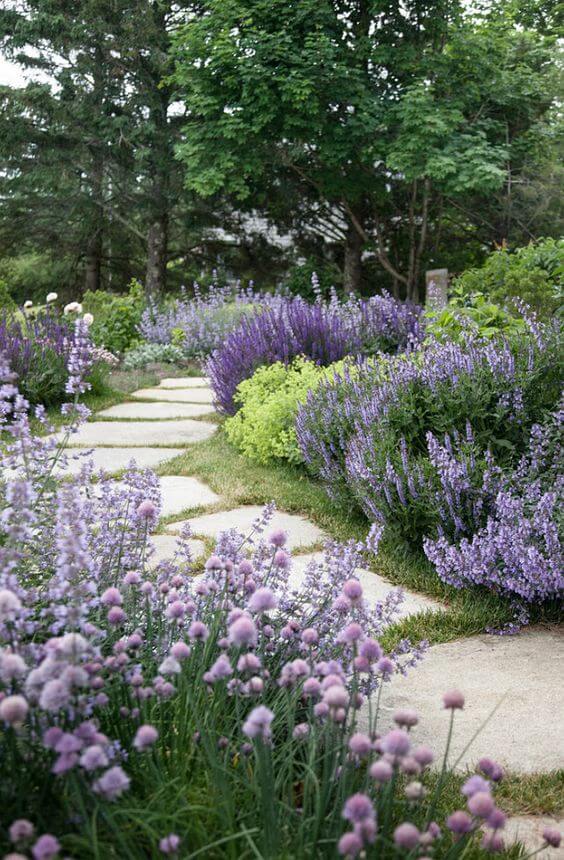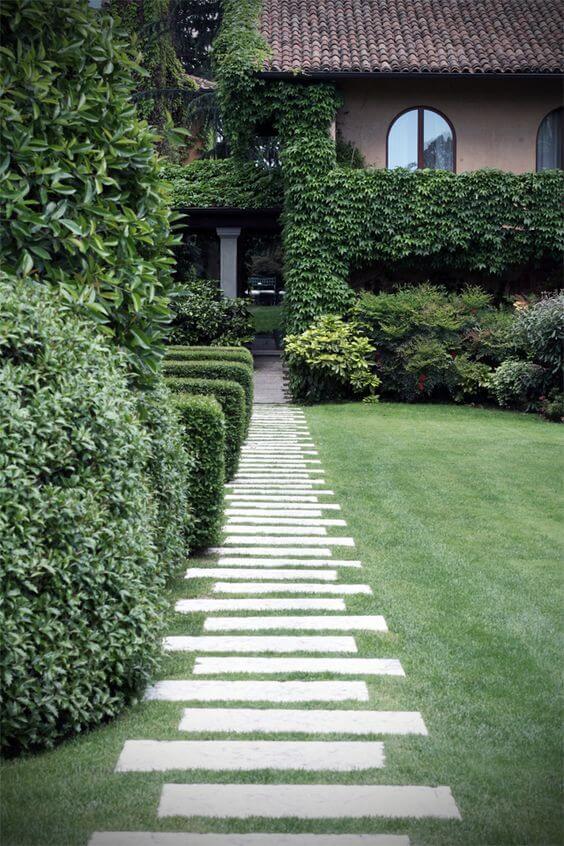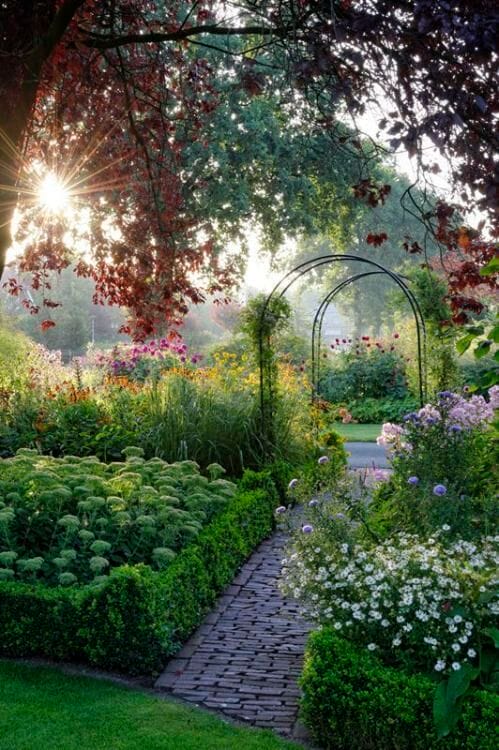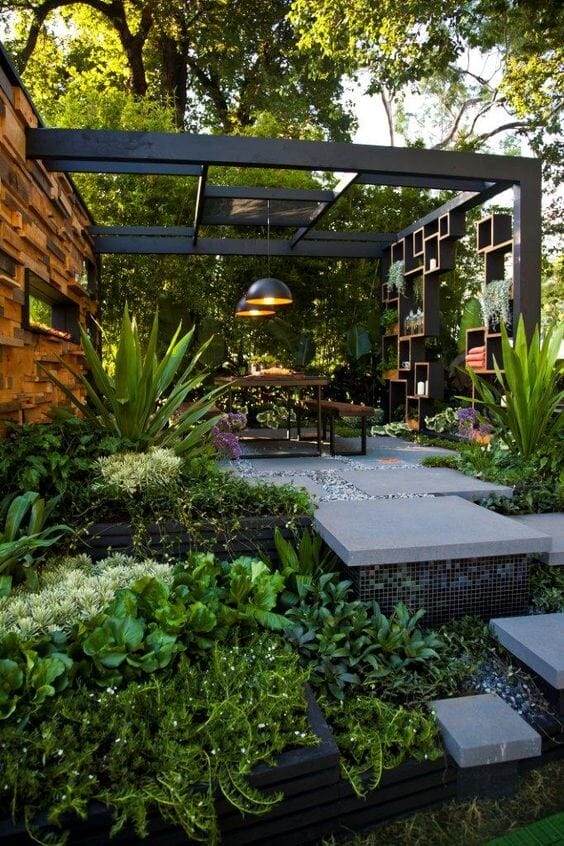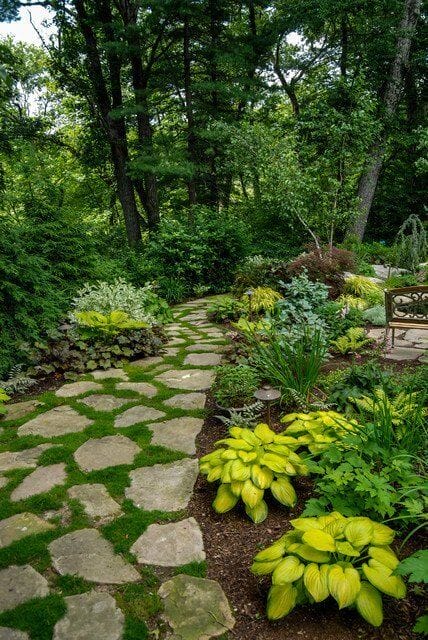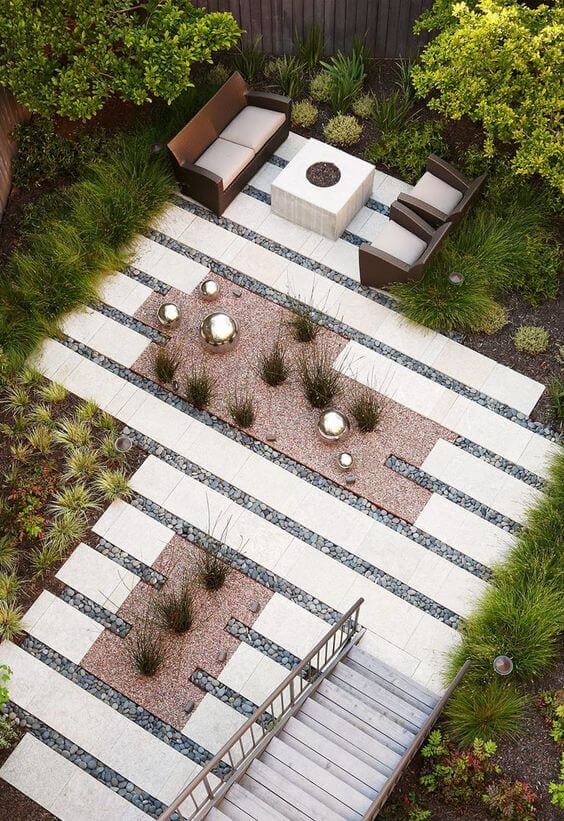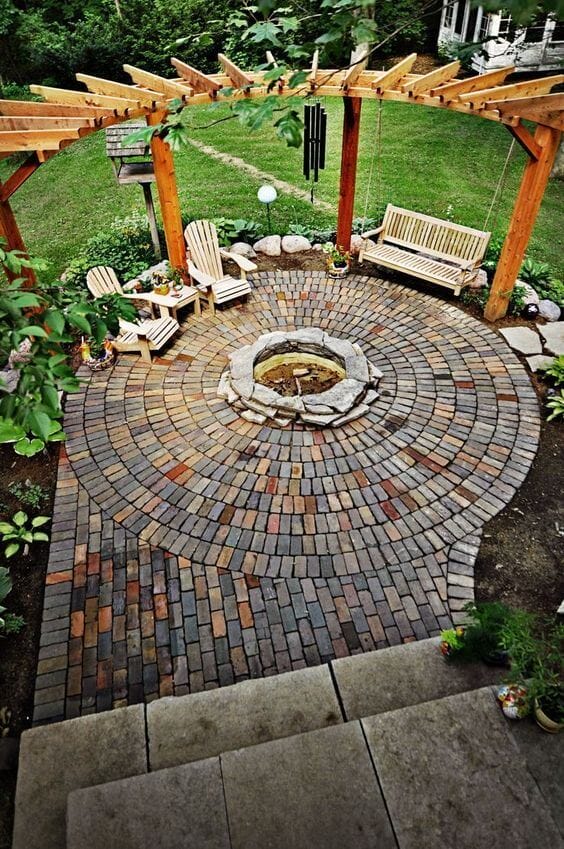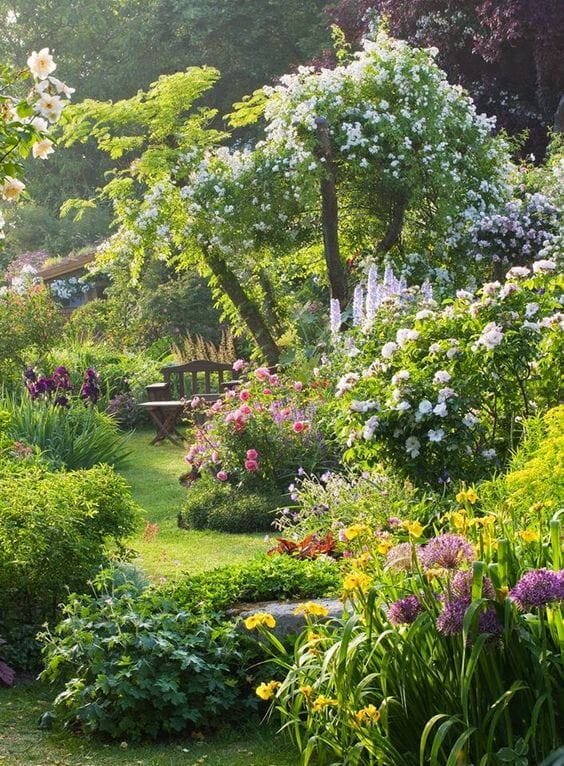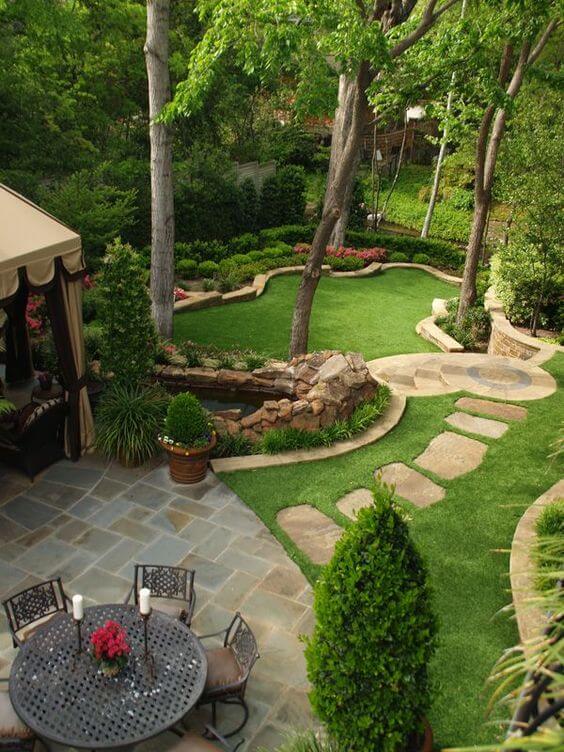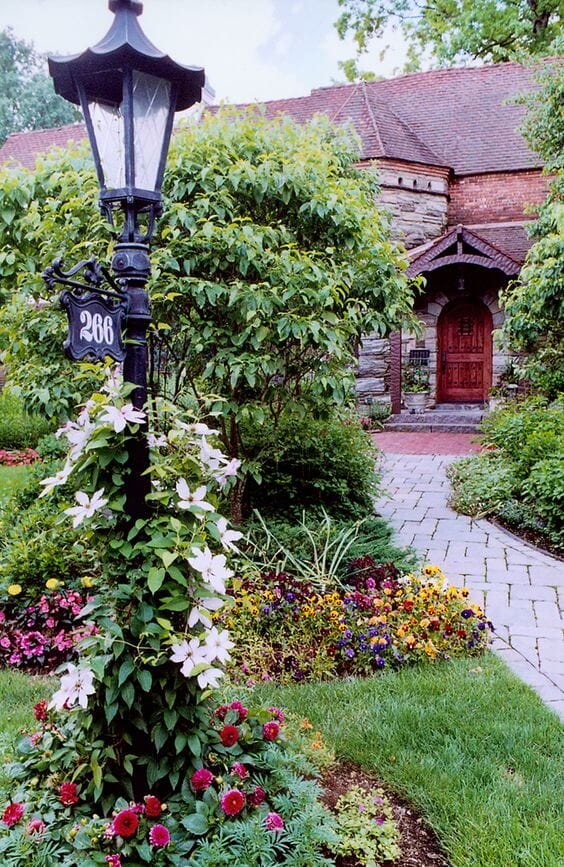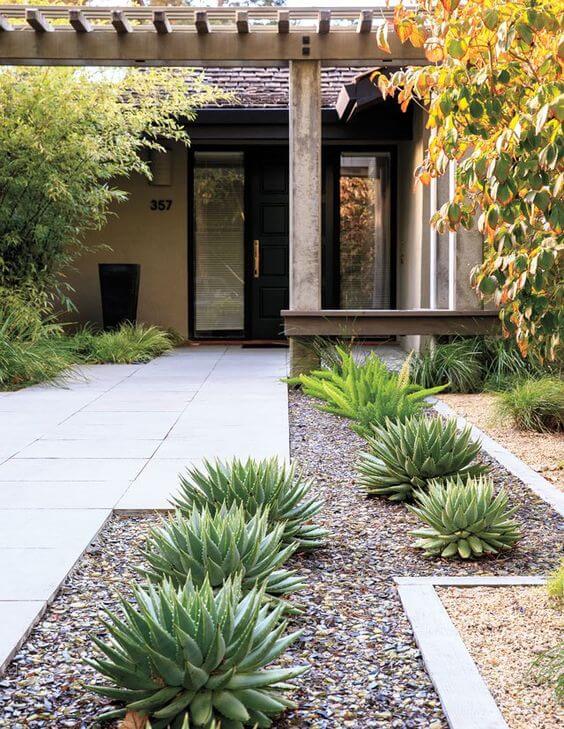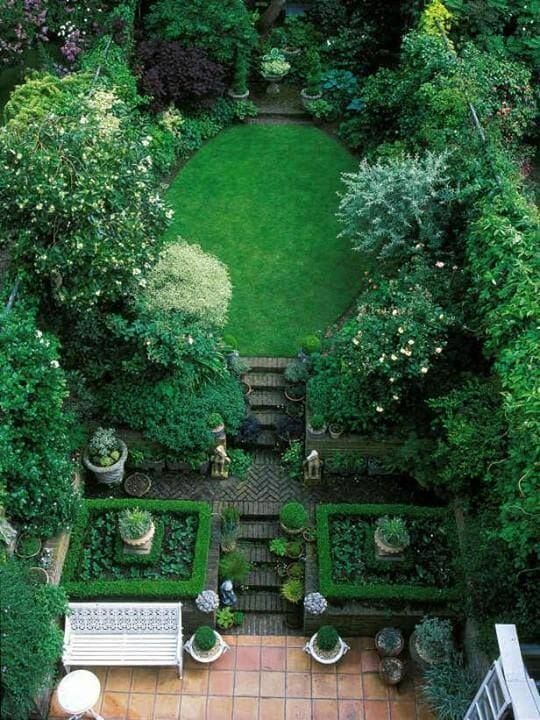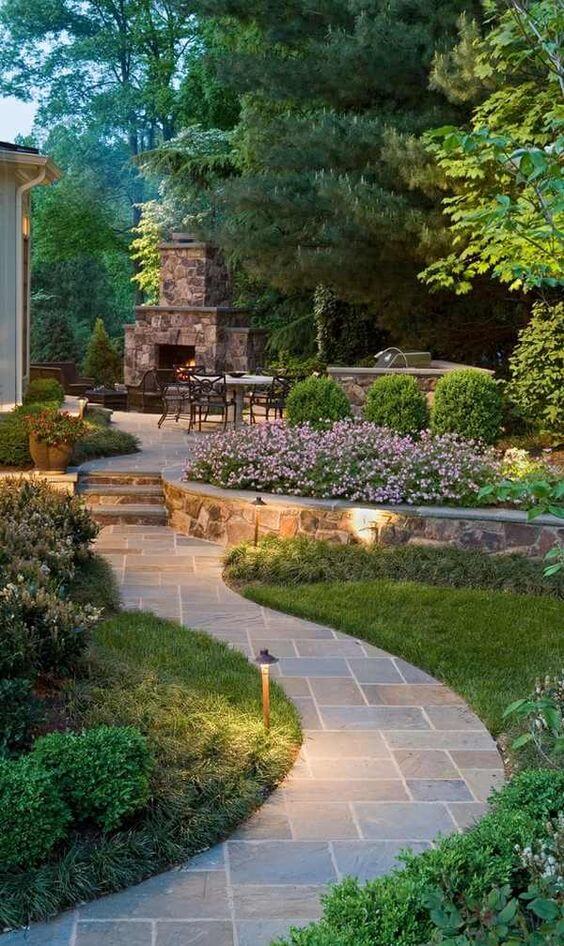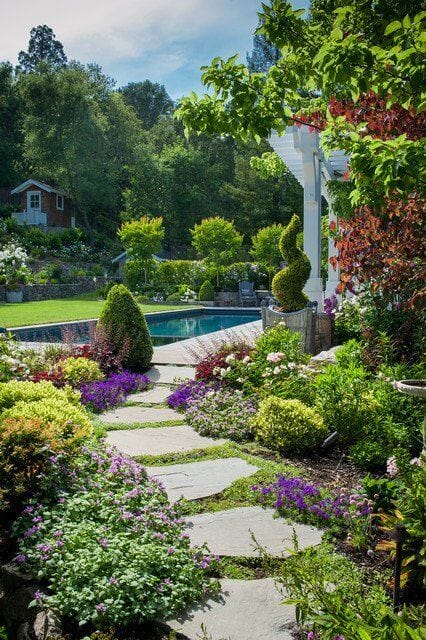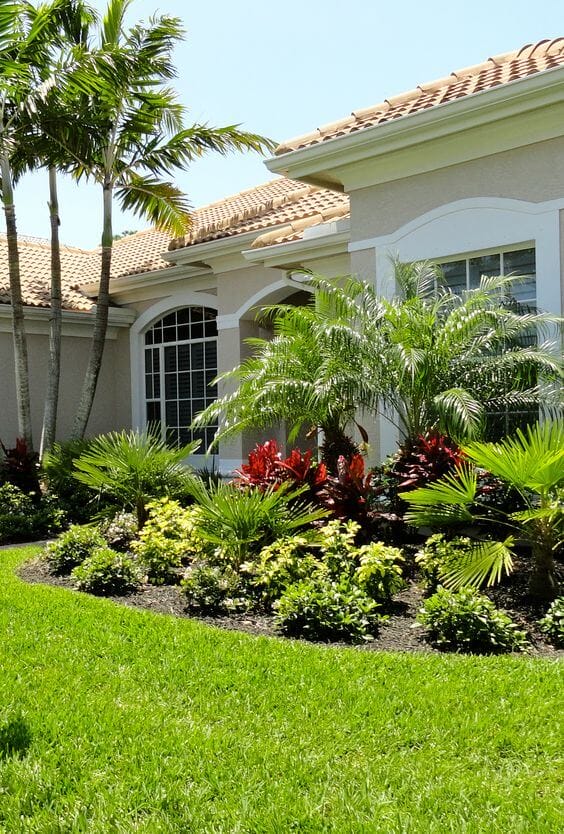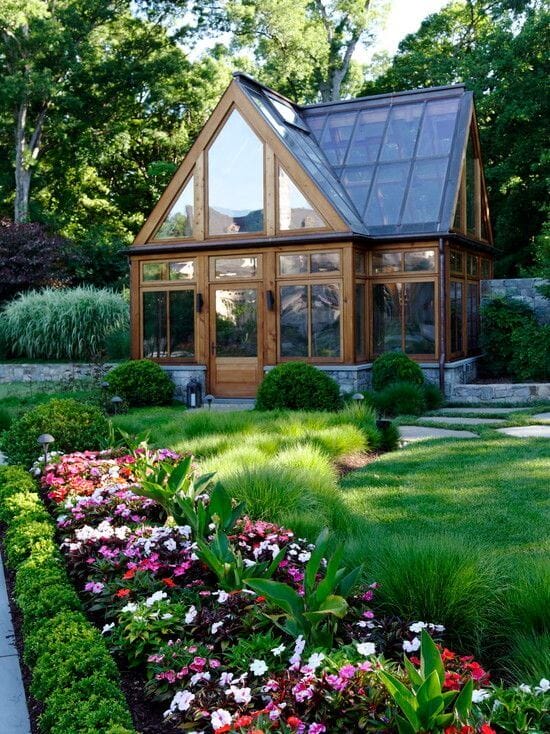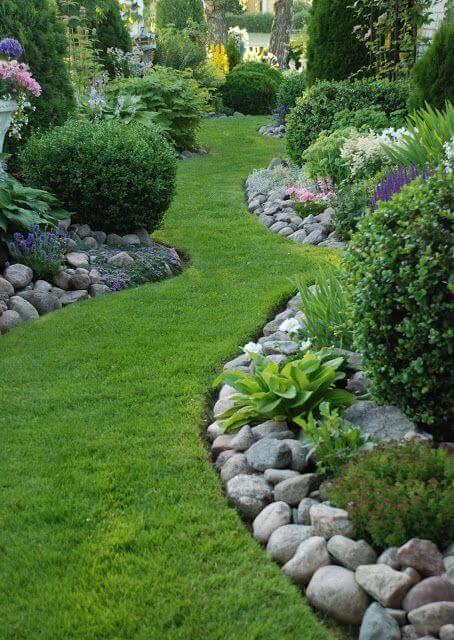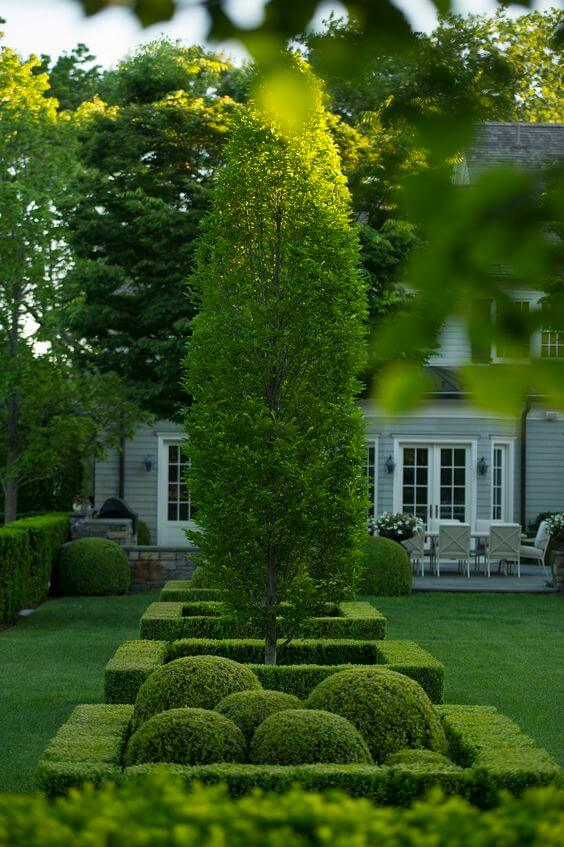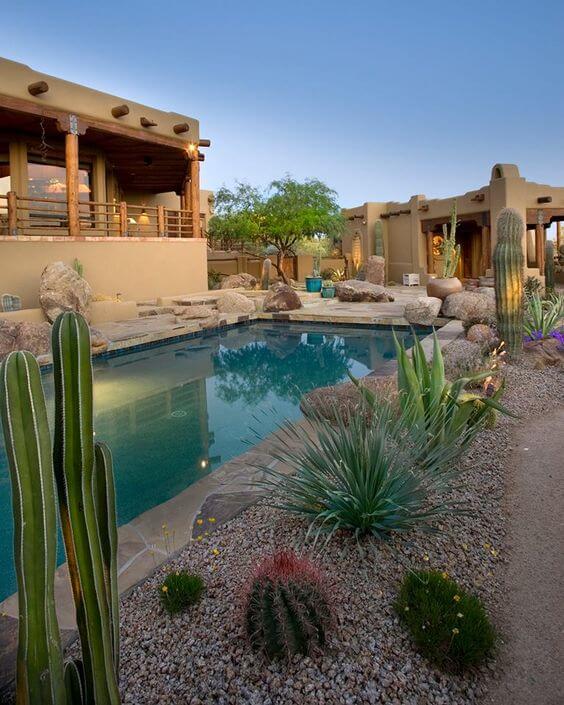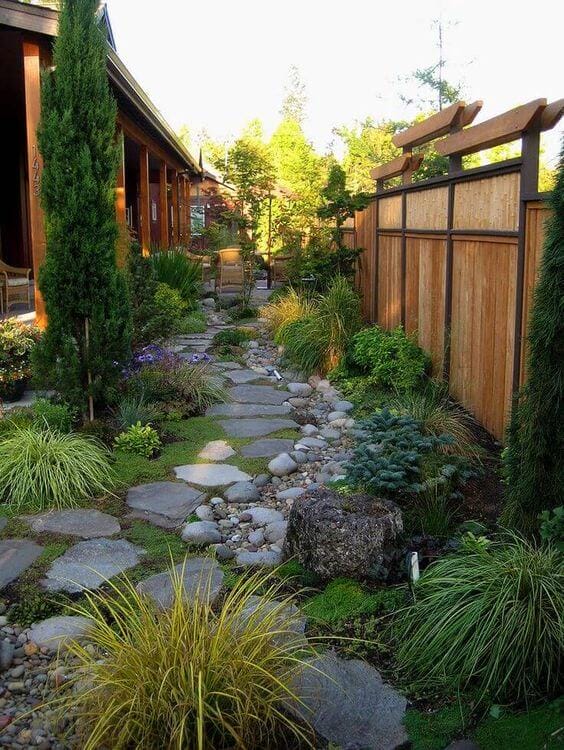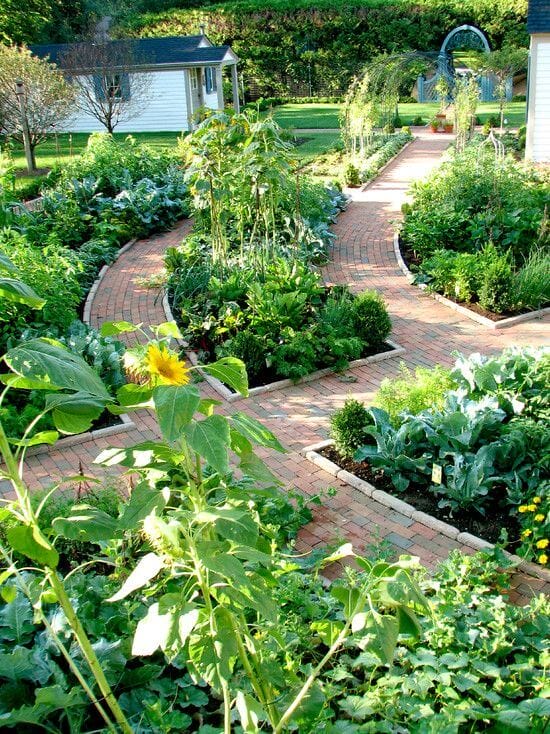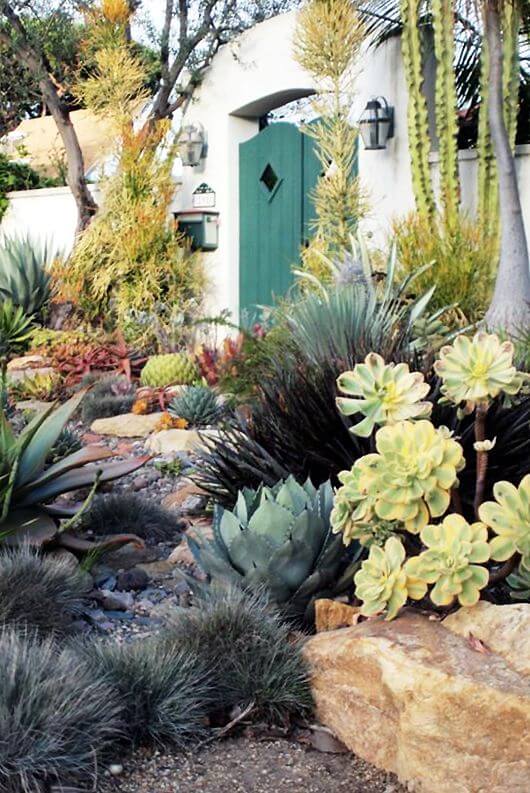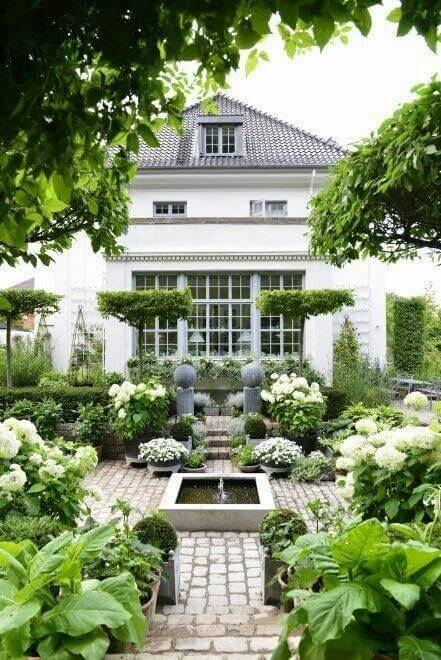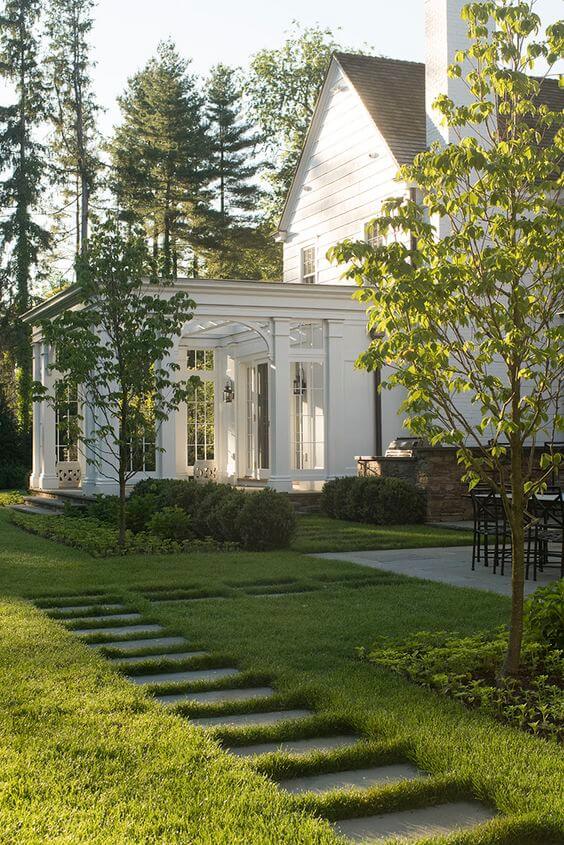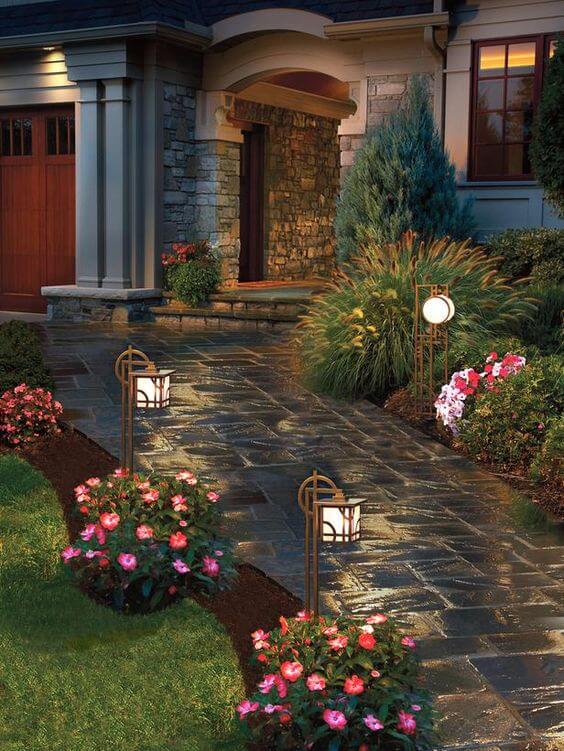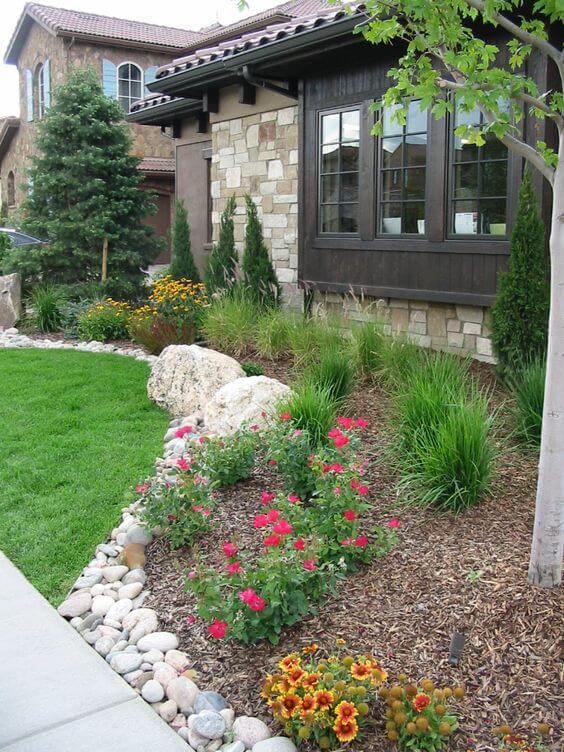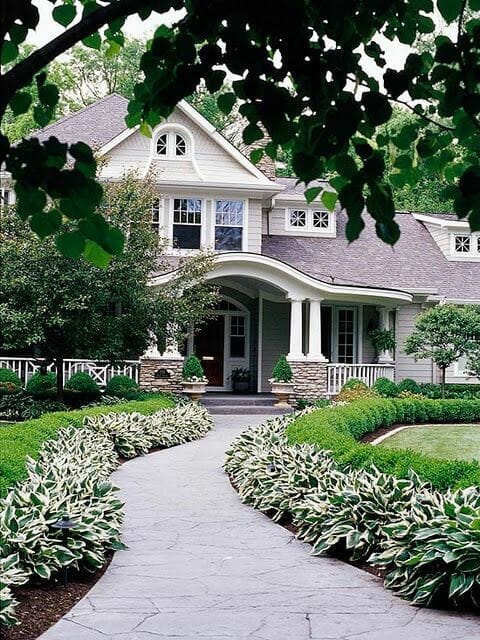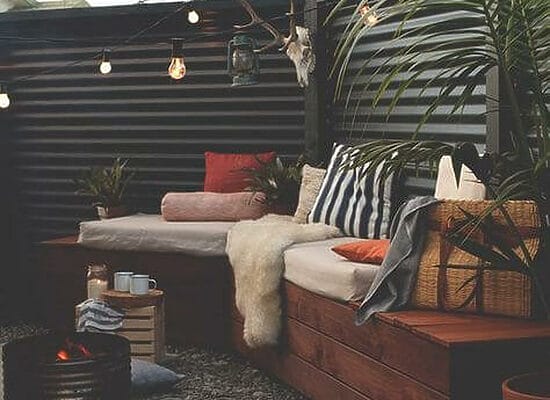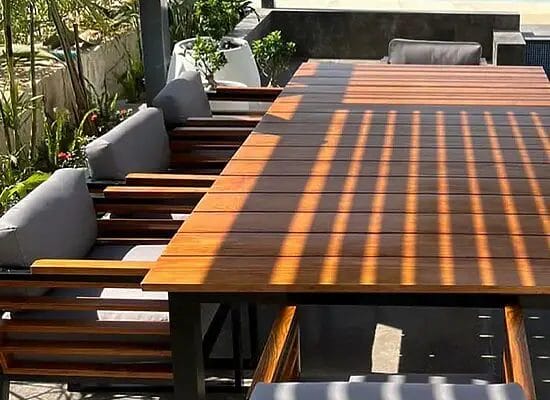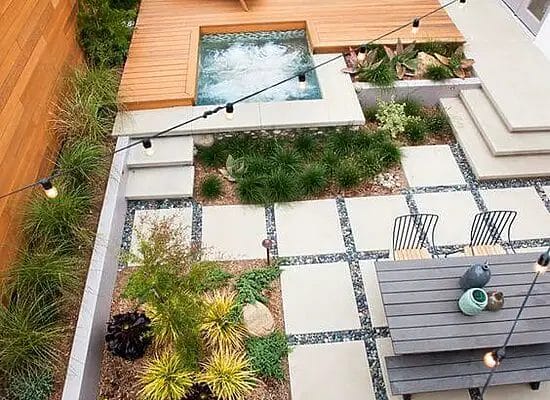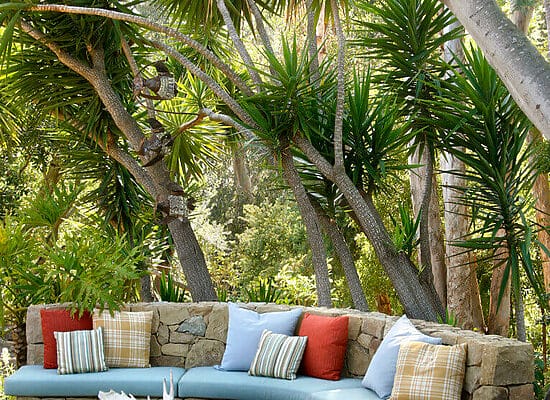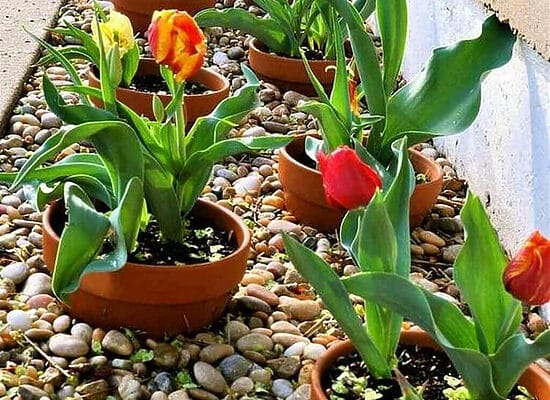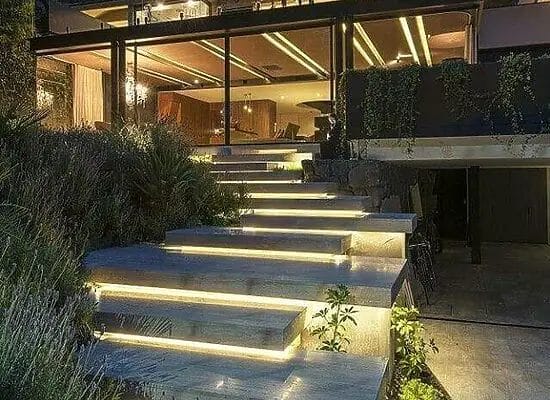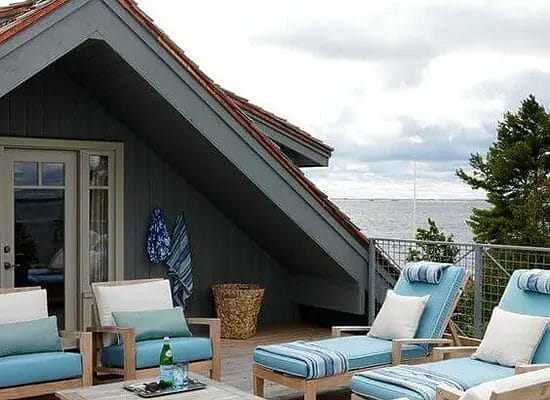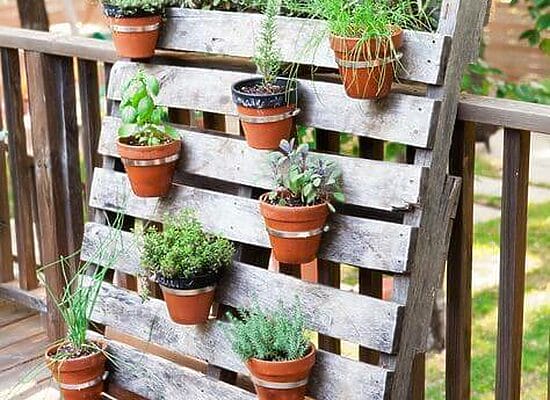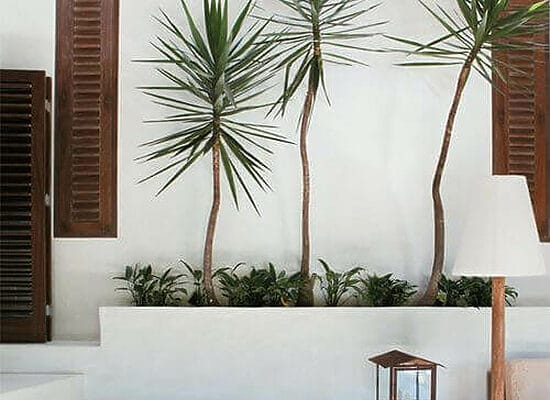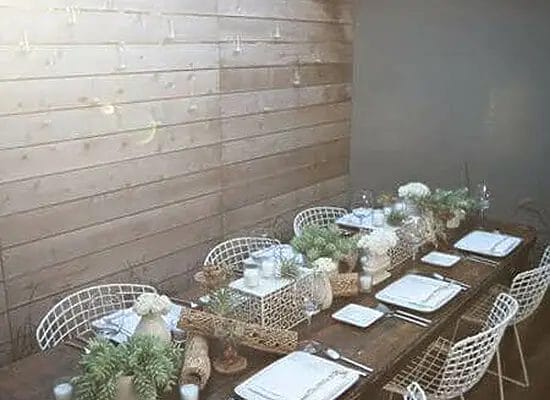Creating a flower garden not only transforms any outdoor area into a breathtaking landscape but also allows for personal expression through a variety of design options, from pre-planned layouts to freestyle arrangements.
Striking the right balance of color, form, and texture and incorporating both classic and creative design elements makes the entire gardening process—from planning to planting—a deeply rewarding journey toward crafting a tranquil and inspiring personal haven.
Designing Your Flower Landscape
When I approach designing a flower landscape, I focus on harmonious color schemes and practical structure while selecting a diverse range of plants that cater to pollinators.
Choosing a Color Scheme
In my backyard, I carefully consider the color palette, aiming for either a striking contrast or a soft blend. For example, I’ve planted red tulips next to purple irises to provide a bold display. Meanwhile, a pastel mix of pink and lavender hues creates a gentle transition.
- Contrast: Red Tulips / Purple Irises
- Blend: Pink Petunias / Lavender
Structural Elements in Flower Gardens
A well-designed garden should include structural elements like trellises or stone benches, which serve as focal points amidst the blooms. The addition of garden beds with crisp edging sharpens the overall look, guiding the eyes along intended paths.
- Focal Points: Trellises, Stone Benches
- Pathways: Edging with Stones, Brick Patterns
Selecting Plants for Your Garden
I incorporate a variety of plants, including annuals, perennials, and bulbs, to create a season-long display. While placing ornamental grasses for texture, I also ensure shrubs are positioned for year-round structure.
- Texture: Ornamental Grasses, Ferns
- Structure: Boxwood Shrubs, Fothergilla
Incorporating Pollinator-Friendly Plants
It’s vital to include flowering plants that attract butterflies and birds, like milkweed and coneflowers. My flower garden also features native plants which not only draw in pollinators but are easier to maintain as they’re well-adapted to local conditions.
- Attract Butterflies: Milkweed, Coneflowers
- Support Birds: Sunflowers, Lavender
Enhancing Your Garden Experience
As I wander through my own garden, I’ve discovered that certain techniques can turn a simple space into a living tapestry of colors, textures, and aromas.
Layering for Visual Interest
Creating layers in garden beds adds depth and dimension. To do this, I start with foundation plants such as hedges or small trees that provide structure. Then, I add flowering perennials like astilbe, tulips, and dahlias, which bloom at varying times for a longer display of color. Next are lower-growing plants and ground covers that fill in the gaps, offering a succession of blooms that keeps the garden lively throughout the seasons.
Highlighting Seasonal Blooms
My focus is always on showcasing seasonal blooms to keep the garden feeling fresh and vibrant. For example, spring may flaunt tulips and daffodils, summer could highlight roses and dahlia, and come fall, chrysanthemums take the stage. By carefully selecting plants with staggered bloom times, I ensure there’s always a star attraction.
Adding Fragrance and Movement
Fragrance is a key component of an engaging garden. That’s why I plant drifts of aromatic flowers like lavender and varieties of phlox to entice the senses. Grasses such as catmint add soft movement and invite hummingbirds and butterflies, creating a dynamic environment that’s constantly changing and full of life.
Creating Functional Spaces
My garden isn’t just for viewing; it includes functional spaces for relaxation and enjoyment. I’ve incorporated a stone bench for quiet moments and paths that invite leisurely strolls. Mulch walkways keep maintenance low and lead to focal points like a gazebo, offering a destination in the garden.
Implementing Water Features
Water features bring a new layer of sensory experience. The tranquil sound of a fountain or the reflective surface of a pond can transform the garden atmosphere.
I’ve integrated a small water feature. It doubles as a rain garden, helping with watering. It also introduces a soothing element that enhances the overall garden experience.
By integrating a rich tapestry of colors, textures, and pollinator-friendly plants alongside thoughtful structural elements and engaging sensory experiences, these ideas encapsulate the essence of creating a dynamic, vibrant garden that serves as a personal sanctuary throughout the seasons.


